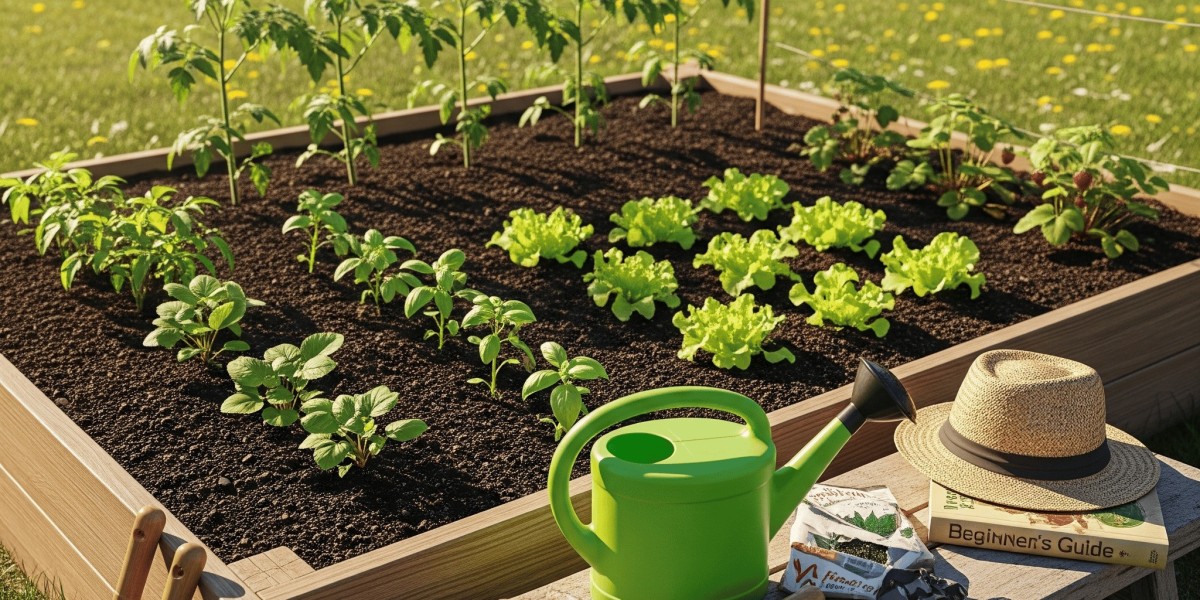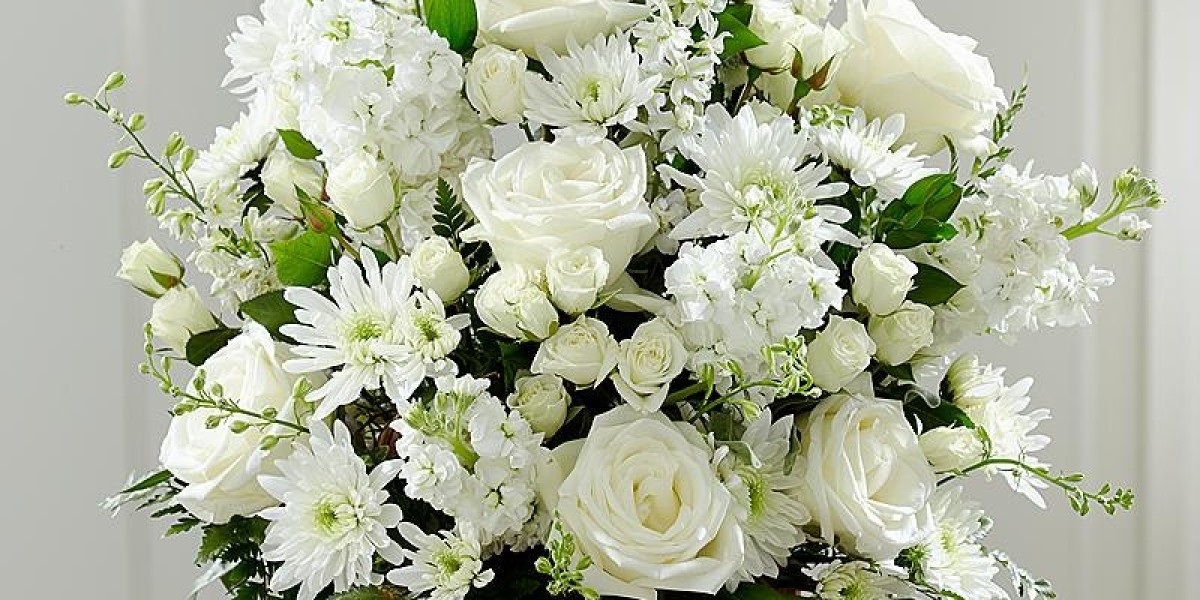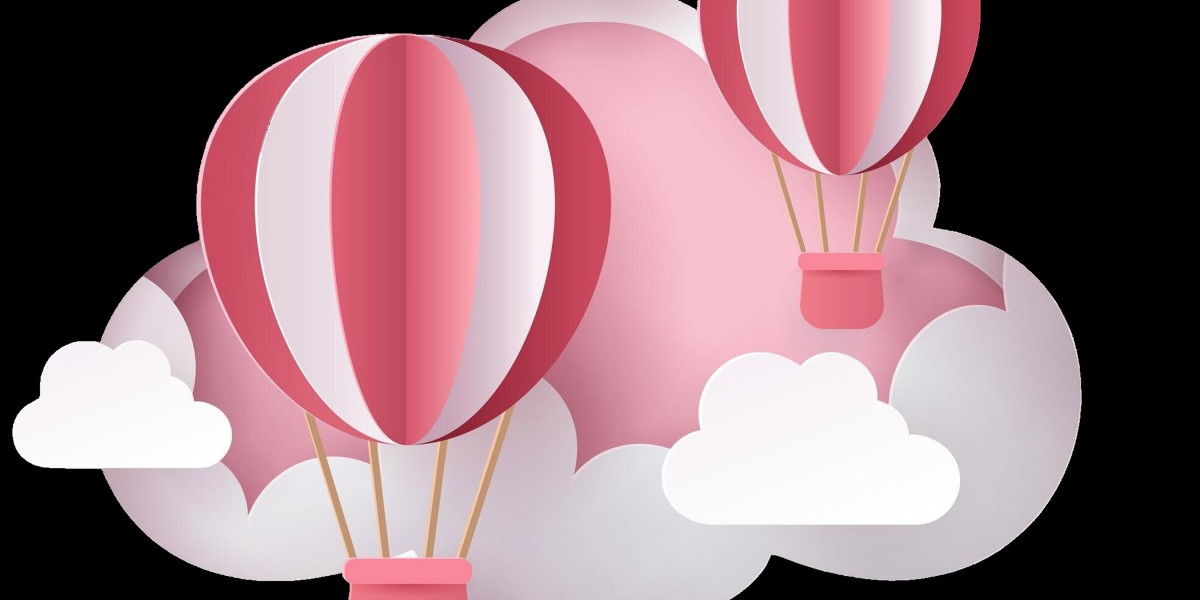Introduction
Every time someone begins a garden, they think it’s only about plants. Seeds, soil, watering cans, sunlight — that’s the surface. What’s often overlooked is the quiet transformation that happens within the gardener. Starting a garden is not just about cultivating a patch of green; it’s about discovering yourself.
The first handful of soil connects you to something ancient. The patience required to wait for sprouts teaches you to slow down. Even the challenges remind you of resilience you didn’t know you had. Gardening is an external act with deeply personal effects, and the journey begins with that first step.
Choosing a Place That Reflects You
When people look for the perfect gardening spot, they usually think about sunlight and drainage. While those matter, there’s another factor — how the place feels to you. The spot you choose becomes a mirror of your personality.
A wide backyard might suit someone who craves variety and scale. A few pots on a balcony might appeal to someone who values simplicity and focus. A window box may call to someone who wants beauty woven into daily routines. Wherever you start, the garden becomes an extension of your inner world.
The Soil Beneath the Surface
Good soil makes a garden thrive, but it also becomes a metaphor for what you’re made of. If the soil is poor, you enrich it. If it’s dry, you water it. If it’s lifeless, you add compost and organic matter until it can sustain new roots.
In the same way, you’ll notice that your own foundation needs attention. Maybe patience isn’t your strength yet, or consistency feels challenging. Working with soil teaches you that improvement is possible with care and persistence. As your soil improves, so does your ability to nurture.
Seeds as Symbols of Possibility
A seed doesn’t look like much when you hold it in your hand, but within it lies the blueprint for growth. Planting seeds becomes a ritual of possibility — an act of trust that something unseen will emerge.
Each seed you place in the earth is a small leap of faith. Some will sprout quickly, others will take longer, and a few may never grow at all. That unpredictability reflects life itself. You can plan, prepare, and give your best effort, but outcomes will still surprise you. The lesson is simple: focus on the effort, and let growth reveal itself in its own time.
Watering as a Daily Practice
Consistency makes or breaks a garden. Watering isn’t dramatic, but it’s essential. This rhythm of attention creates a routine that grounds you. Some days you’ll water lightly, others more deeply, depending on what’s needed.
In this practice, you learn the value of showing up. Gardens don’t flourish on occasional bursts of effort; they thrive on steady care. This truth echoes back into your life. Progress in anything — work, health, relationships — depends on small, repeated acts of care.
Facing Setbacks and Surprises
No garden is free from setbacks. Pests arrive uninvited, weather shifts unexpectedly, or a plant that seemed strong suddenly wilts. These moments feel discouraging, but they’re also opportunities.
You discover your ability to adapt. You may try natural remedies, shift plants to new locations, or start fresh with a different crop. In doing so, you learn not to fear failure. Instead, you see it as part of the process. Each setback deepens your understanding of resilience, patience, and problem-solving.
Seasons of Growth and Rest
Gardens move in cycles, and so do we. Spring brings energy, summer expands it, autumn reflects on abundance, and winter slows everything down. Paying attention to these cycles teaches you that rest is not a setback but a necessary phase of growth.
This lesson often surprises new gardeners. We live in a world that praises constant productivity, but the garden whispers a different truth: rest restores strength. Just as bare branches prepare for new buds, your quieter seasons prepare you for your next surge of growth.
The Joy of Harvest
Harvesting is more than gathering vegetables or flowers. It’s the visible proof that your care, patience, and persistence mattered. A ripe tomato, a bunch of fresh basil, or a vase filled with blooms is a reminder of what you’ve created.
Sharing that harvest multiplies the joy. Offering produce to neighbors, cooking with your own herbs, or simply admiring your flowers enriches the sense of accomplishment. The garden teaches you that fulfillment grows when it’s shared.
Discovering Yourself in the Process
The longer you tend your garden, the more you notice that you’re also cultivating yourself. You learn patience in waiting for sprouts. You discover resilience in facing setbacks. You practice mindfulness when your hands are in the soil.
Over time, you realize that the garden is both external and internal. What you grow in the soil mirrors what you grow within. You don’t just end up with vegetables or flowers; you end up with a clearer sense of yourself.
Conclusion
Starting a garden is more than a project. It’s a path to self-discovery. Every step — choosing a spot, preparing soil, planting seeds, watering daily, and facing challenges — reflects lessons about patience, resilience, and growth.
The plants you nurture will change your space, but the process will also change you. A garden reveals not just the beauty of nature but the strength and clarity within yourself. If you’re ready to begin your journey of growth, there’s no better time than now. Read the full guide.








